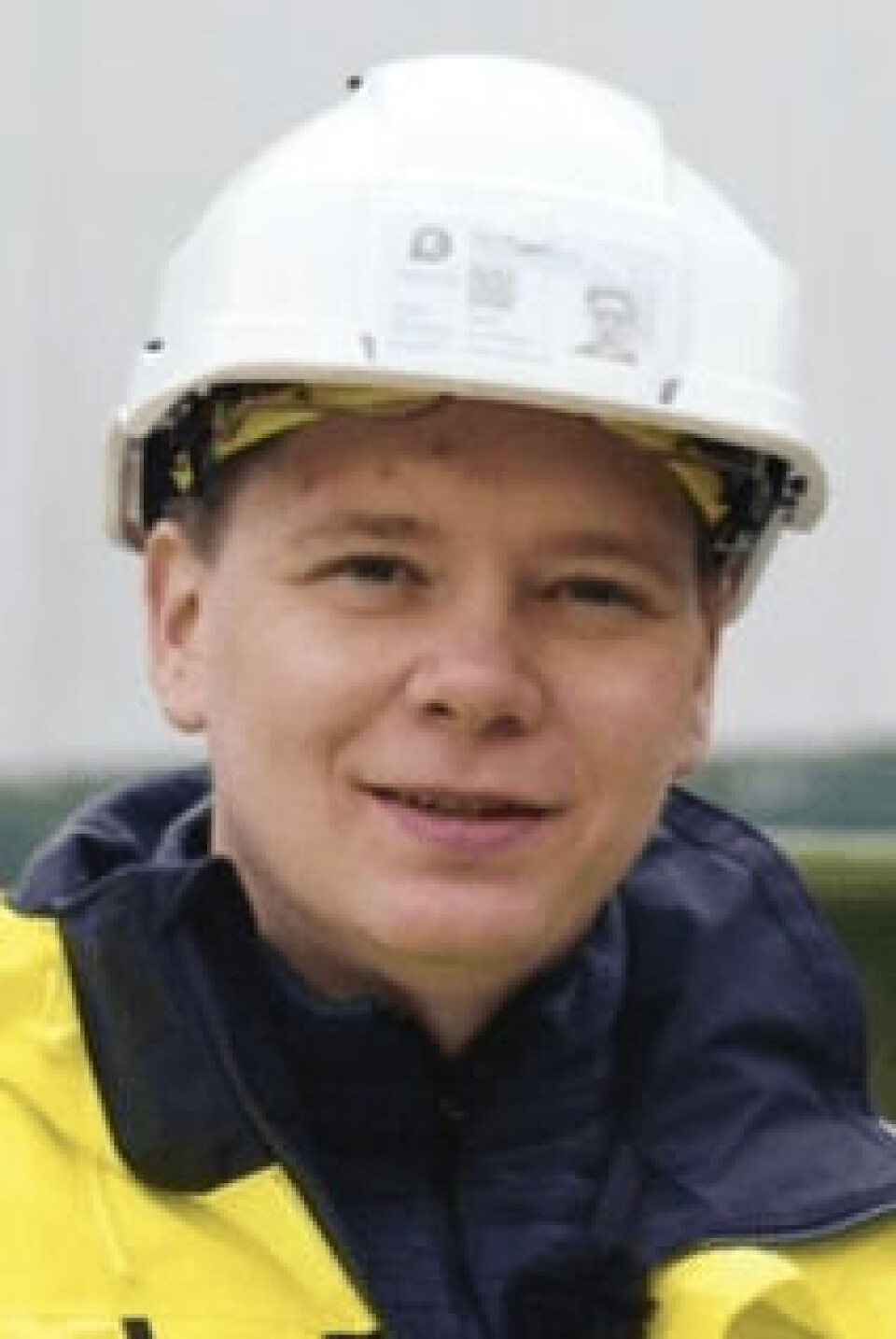
Where there’s muck there’s brass for salmon farmer
Dried fish sludge from a Norwegian land-based salmon farm has the potential to be used in growth media such as organic fertiliser and organo-mineral fertiliser for agriculture and gardening, a research report from the Norwegian Institute of Bioeconomy Research (NIBIO) concluded.
“Put plainly, we can make money from the salmon’s faeces,” said Martin Rasmussen, chief executive of Andfjord Salmon, which is developing a flow-through farm in pools excavated into the bedrock of Andøya island off Norway’s coast.
“To treat biological waste as a sustainable resource rather than a problem has been a key objective for us. The NIBIO report confirms that this is possible, taking us one step closer to building the world’s most sustainable and fish-friendly aquaculture facility.”

Soil improvers
The NIBIO report was developed on behalf of Andøya peat products and turf supplier Andøytorv AS and Andfjord Salmon. The research institution explored both opportunities and limitations related to the use of fish sludge from Andfjord Salmon as a CO₂-reducing component in products such as growth media, soil improvers and fertiliser products for agriculture, gardening and other relevant areas of application.
In this context, fish sludge means fish faeces and uneaten fish feed that sinks to the bottom of the tanks, which in turn is collected by cleaning robots.
The NIBIO report concluded that dried fish sludge from Andfjord Salmon’s land-based farming facility has the properties required to satisfy the treatment requirements set in current and future regulations.
‘Sustainable and profitable’
The sludge has many potential areas of application. As an example, fertiliser made from dried fish sludge can be used as an additive in growth media such as organic and organo-mineral fertilisers, used on agricultural land, for gardening, and other agricultural purposes.
“To reuse biological waste is both sustainable and profitable. We will use NIBIO’s recommendations in our continued efforts to explore the compelling commercial opportunities our fish sludge brings,” said Rasmussen.
Andford Salmon has permission to grow 10,000 tonnes of salmon at Kvalnes in the south of Andøya and plans to grow another 60,000 tonnes of fish at two other locations further up the island’s east coast.
The first phase of the Kvalnes development, which will have a pool with a capacity for 1,000 tonnes of biomass, is due to be finished this year, with smolts introduced next spring.
Better than animal manure
Treated sludge from salmon hatcheries operated by Mowi, Scottish Sea Farms and the Scottish Salmon Company is already used as a wet fertiliser by land farmers in Scotland, where Scottish Sea Farms is working on a method of turning the sludge into dry pellets to reduce the number of tankers and road miles required to move it to farmland.
And in Tasmania cherry farmer Nic Hansen uses sludge from Huon Aquaculture’s Whale Point nursery in a compost he makes for use in his orchards.
Hansen told Tasmanian news outlet The Mercury that lower ammonia, sodium and chloride levels in the finished compost are some of the benefits of using fish waste over other animal-based manures, but the biggest plus is that it provides a better microbial diversity in the soil.























































